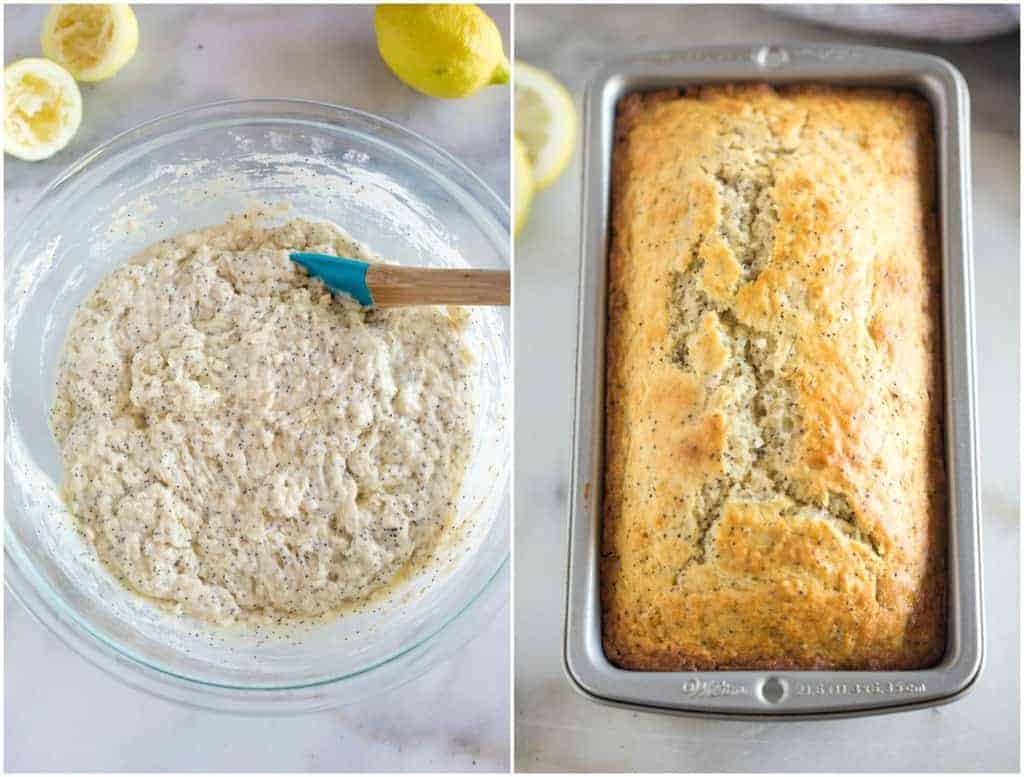Sample Images





Oil and sour cream make this lemon poppy seed bread uniquely moist, while lemon provides a fresh, bright flavor. The glaze recipe below yields a light layer, but feel free to double the glaze if you want extra.
Glaze
Source: Sally Baking Recipies





Life Made Simple
Life Made Simple, like the name suggests the interface is super simple and straightforward, opting for bold images rather than complicated graphics. The search function is also extrememly useful on this site, providing recommendations and a very interactive system to a user. All in all, a very organized yet visually enticing website for food.
Food.com
Food.com has a lot of great examples of super high impact and visual communication. When you open the cite, you are greated by large images and bold text. The search is more review based on this cite rather than focusing on subject matter or ingredients, and has quick connections to social media to make the communication of this information easier and quicker.
Bon Appétit
Out of all of these cites, Bon Appétit is the most intuitive of all of them, while maintaining and air of interactivity and visual interest. The scrolling mechanics on the home page of the cite are interesting and allow the cite to display a variety of different kinds of recipies, as well as pack in interesting and bright photographs of interesting recipies. The search function is also effective, allowing for easy navigation as well as
The New York Times
As basic as it is, I really do enjoy the look/feel of The New York Times Website, mainly because it functions to look/feel like a tangible copy of the paper itself. This is especially useful for the idea of making a recipie website that mimics a tanglible hard copy recipie card, or mimicing the old with a newer more streamlined form of media.
Shanell Martin
I LOVE the style of this website, and the way it prioritizes the content it pushes, i.e. the artist's work. I think it's super unique that the search bar and other search tools are at the bottom of the homepage rather than the top, encouraging the user to keep looking, and take in the large image that displays the artist's work the most.
Epic Reads
Epic Reads is a website I LOVED when I was in high school and totally a book nerd. I was reminded of it for this project just because it's one of those websites that's a rabbit hole, with enough links and places to go from one article to another. The search function is NUTS and the exciting words and graphics make it easy to read and communicate with.